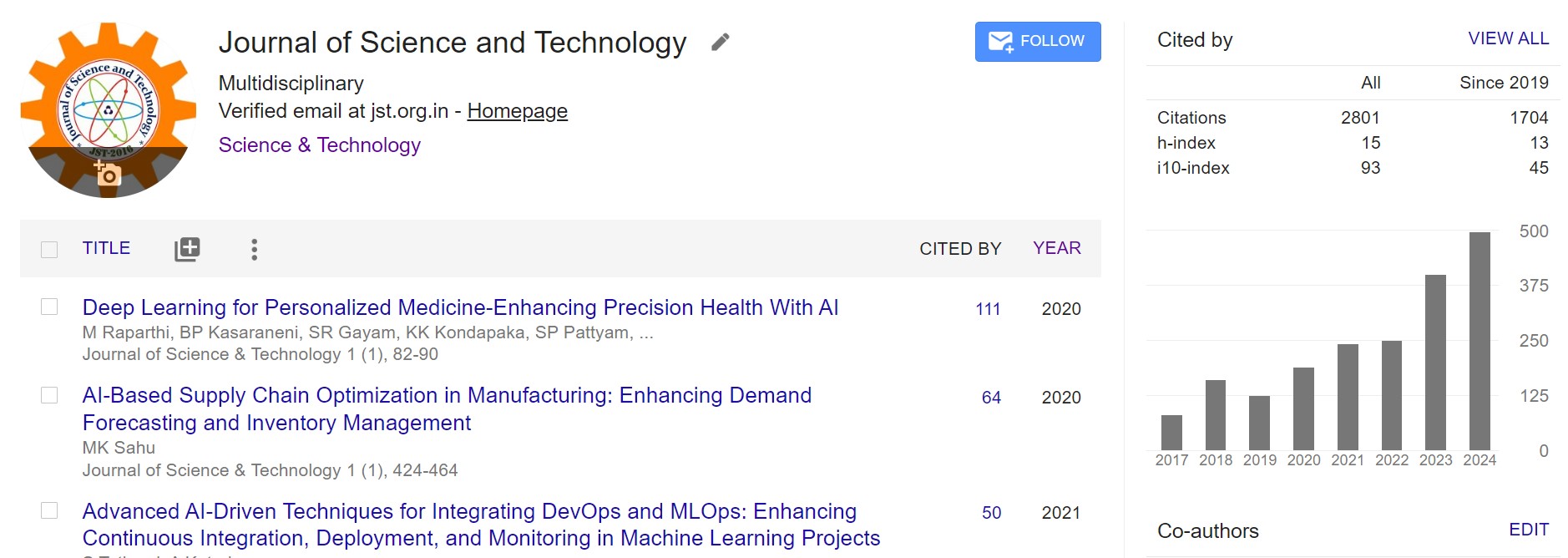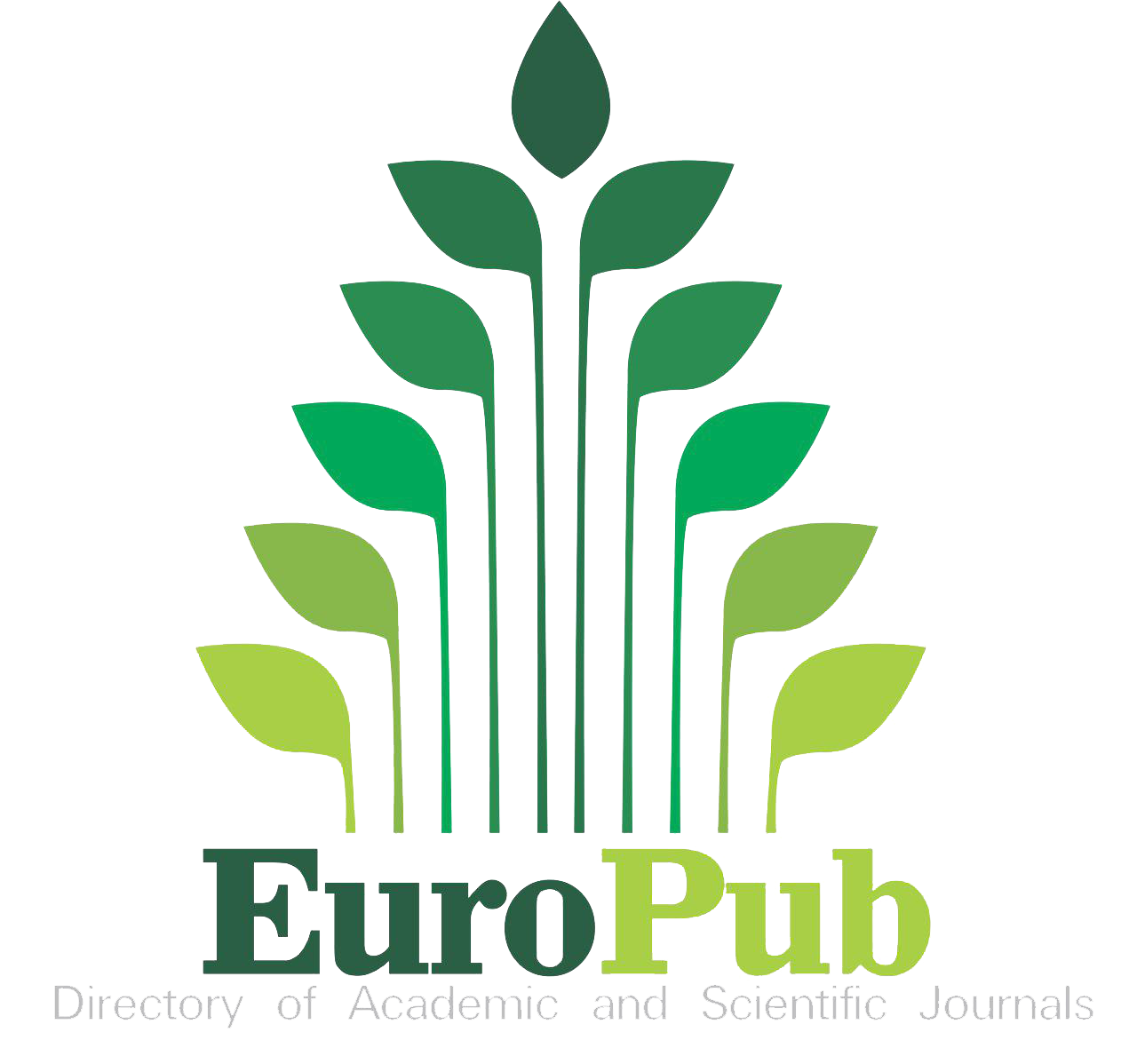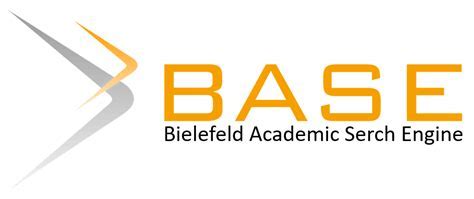Design and Fabrication of Aquaponics Using IOT – A Review
DOI:
https://doi.org/10.46243/jst.2023.v8.i05.pp45-48Keywords:
IOT [Internet of Things]Abstract
Aquaponics uses hydroponics and aquaculture instead of soil to grow plants and fish. It is a method of food production that is sustainable for the environment. Fish and plant are partners in a low-cost symbiotic cycle. The plant bed in an aquaponic system receives fish waste (ammonia), which it then filters through a bio-filter. figuring out the nitrate required to develop vegetation. After that, fresh, clean water is added once more to the fish tank to restart the cycle. An aquaponic system's advantage is that it uses water more wisely than conventional irrigation systems. Water is frequently piped between the plant bed and the fish habitat to preserve it. Another advantage of aquaponics is the organic fertilisation of plants using dissolved fish excrement. Another advantage of aquaponics is the organic fertilisation of plants using dissolved fish excrement. When employing plants as a natural substitute for conventional filters, less water quality monitoring is necessary. Our study's long-term goal is to use IOT to pinpoint the perfect conditions for an aquaponics system, which would efficiently and sustainably produce food and conserve water.


























